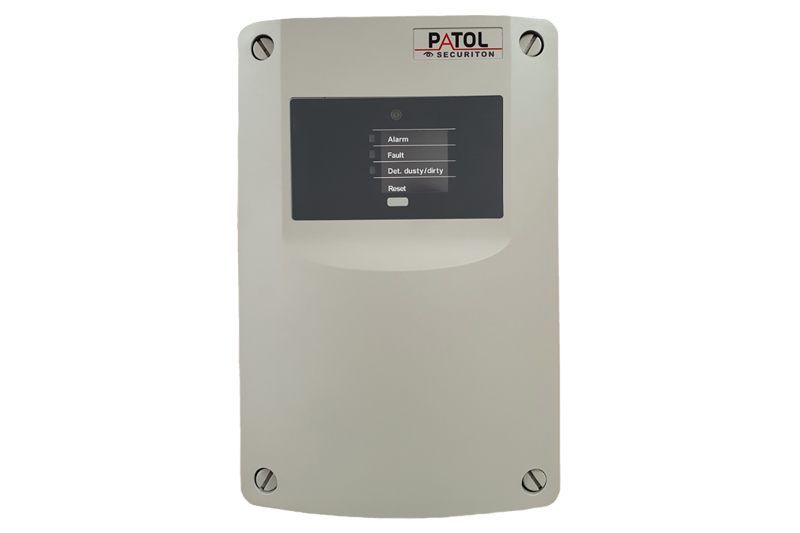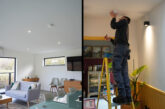
Industrial fire detection specialist Patol has reported an increase in the use of its ASD 531 aspirating smoke detection system as a cost-effective option for protecting smaller applications from the threat of fire.
The ASD 531 is part of the highly sensitive range of ASD systems manufactured by Swiss company Securiton, a company that celebrates its 75th anniversary this year and for whom Patol is the partner in the UK. The detector is characterised by its quick commissioning, offering protection of areas of up to 720 m2. No training is required, with commissioning achieved in four easy steps to provide effective monitoring of smaller areas and premises where a reduced air sampling pipe network is sufficient (up to 75 m). Simplicity is ensured through the detector being configured directly on the device, with no need for a PC.
As with the two larger models – including the highly successful and flagship ASD 535 model – the ASD 531 is equipped with the well proven HD detector with LVSC (large-volume smoke chamber). This results in optimum sensitivity combined with a long service life.
Despite its compact size, the ASD 531 offers an impressive performance, with any increase in smoke concentration levels detected very early. The display and control panel indicates alarm, fault and status reports, with three fixed pre-alarms and a main alarm which can be forwarded to a fire alarm control panel.
Steve Wilder is a Senior Account Manager with Patol and comments – “the ASD 531 can be used in a wide range of applications, from museums and galleries to clean rooms and prison cells. Where we are seeing particular growth is in areas with restricted access such as lift shafts and small switch rooms in telecoms facilities. The unit’s excellent resistance to dust contamination is also a significant advantage in such situations.”
ASD pipeflow software can be used to calculate the required pipe distance and sampling holes (typically Class C with 12 sampling holes, the last being 40 m from the detector) to maintain EN54-20 approval and to achieve more cost-effective pipe configurations.
For more information, click here








